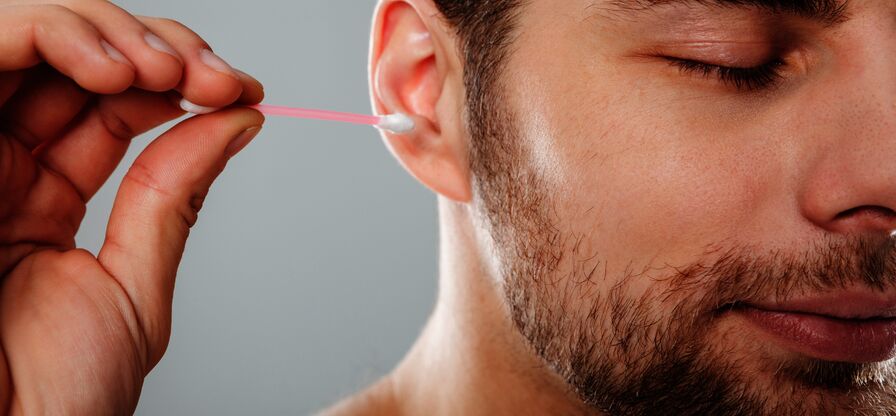Pesky, Aggravating Head Lice

Although head lice are irritating and frustrating, they are quickly treatable over the counter. A common misconception is that head lice indicate poor personal hygiene; however, this is not the case. In this article, we will discuss head lice and management options and bust some misconceptions along the way.
If you have ever suffered from head lice, you will know how frustrating they are. Constant itching and irritability naturally make the sufferer feel embarrassed and self-conscious; ‘What will people think of me?’ Not again! Why does it keep coming back?’ ‘Will my child get head lice again, even though I have treated them?’ ‘How can I tell people to keep away from me without mentioning that I have head lice?’
It is important to remember that head lice do not discriminate between good and bad hygiene. In fact, they will affect any human hair and scalp type and hair length, children and adults, males and females, and at any time of the year. The only common factor among these groups is close contact or sharing personal items, which makes the condition highly contagious.
What are head lice?
Described as grey- a brown insect that lives on human scalps and only affects humans. These mites cannot jump, swim or fly; rather, they are transmitted through close contact, making them more common in children. Head lice depend highly on humans; they cannot survive more than 24 hours without their host.
Symptoms of head lice
Common symptoms indicative of head lice are:
- Increased irritability
- A crawling sensation on the scalp
- Presence of nits – specs that look like dandruff but are not easily removable
- Excessive scalp itching
- Presence of lice
- Lack of sleep or concentration
- Pillows which appear dirtier than usual
Over-the-counter treatment options for head lice
Mechanical Treatments
- This method is the best preventative measure.
- Repeat two or three times within the first two weeks post-infection.
- Ensure all parts of the head are checked; do not leave out any sections, as this may cause reinfection.
- Comb from the roots to the end of the hairs, working in sections.
- Use a fine tooth and nit comb to identify eggs and lice.
- First-line treatment option.
- Wet combing is preferred to dry combing as the lice cannot handle the hair effectively.
- Wet the hair with a generous amount of hair oil or conditioner.
- This process is more effective when done thoroughly.
- Clean the comb before and after use with a cloth or tissue.
- This process should be repeated regularly throughout the year to check the presence of nits.
- Wet is recommended by NICE first-line for pregnant or breastfeeding women and people with asthma or eczema.
Product: Nitty Gritty Nit Comb
Physical Treatments
- These products contain isopropyl myristate, Cyclomethicone, or dimethicone. They work by either causing dehydration or blocking the lice's breathing tubes. Lice cannot become resistant to these products.
- Only effective against living lice; not the eggs.
- Reapplication is required after seven days, as the existing eggs may have hatched.
- Product resistance is not likely, as these products cause the lice to die.
Products: Lyclear, Hedrin, Vamousse And Full Marks Solution.
Available in a Range Of Formulations: Spray, Solution, Gel, and Lotion.
Chemical Treatments
- These products contain permethrin or malathion and work by killing the head lice and eggs. Product resistance is likely if overused.
- Use again after seven days to prevent reinfection.
- Avoid using chemical products for preventative measures, as this may cause resistance, making products ineffective against head lice.
Products: Derbac-M
Warning: Certain head lice products are highly flammable. Keep away from direct sources of heat. Ask your pharmacist for more information.
Check all household members for head lice; treat everyone simultaneously. Only treat if active lice are detected; do not use physical or chemical products to treat for preventative reasons.
Treatment does not seem to have worked
It is possible that treatment failure occurred due to a lack of correct following instructions or due to reinfection, as head lice are highly contagious. It is recommended that another type of head lice product be used, as the individual may be resistant to the initial product used.
When should I see my GP?
- Itchy purple-pink bumps on the scalp have a silver lining.
- Other symptoms include fever, weakness, or generally unwell feeling.
- A sore scalp which may be weeping or have signs of infection.
- Enlarged neck glands.
- When previous treatment has failed.
Where can I get more information?
NHS website for head lice and nits
The British Association of Dermatologists leaflet on head lice
You may also like
 admin - 22nd March 2024 - min read
admin - 22nd March 2024 - min readShedding Light on Dandruff: Understanding...
 admin - 22nd March 2024 - min read
admin - 22nd March 2024 - min readUnveiling Scabies: Understanding, Preventing,...
 admin - 22nd March 2024 - min read
admin - 22nd March 2024 - min readI hope no one notices! Ear Wax
 admin - 21st March 2024 - min read
admin - 21st March 2024 - min readDiscomfort in the ... : Is it Piles?




